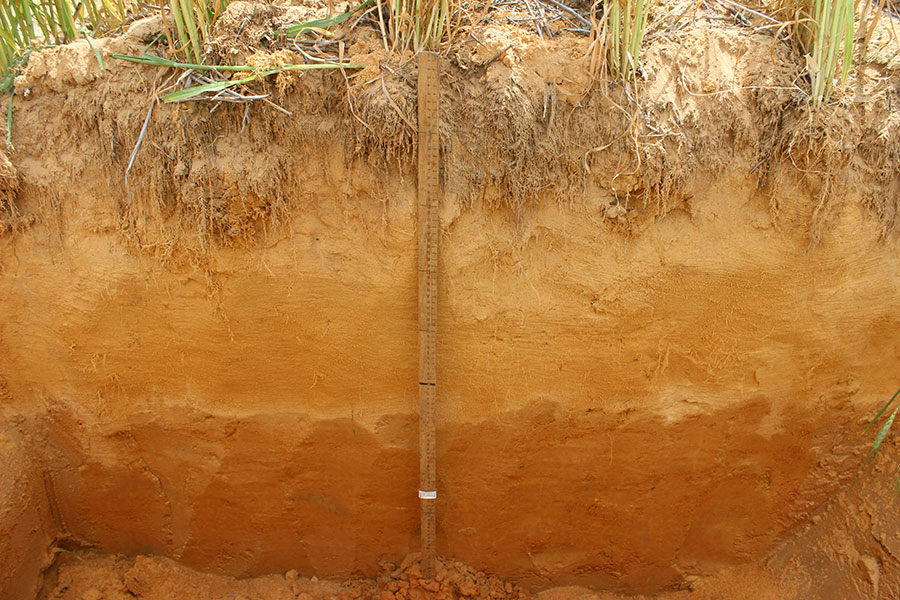To improve our understanding of the nature of physical constraints in sandy cropping soils, Dr Rodrigo da Silva has brought soil physics and nutrition experience from South and North America to work on a GRDC-supported postdoctoral project.
“Besides the inherently low rainfall in many Australian cropping areas, grain yield is often limited further by various soil constraints, such as lack of nutrients, excessive sodicity, acidity or alkalinity, as well as physical barriers stopping root penetration,” Dr da Silva says.
“Therefore, being a soil scientist working closely with the grain industry is very rewarding as the findings of our research to overcome these constraints can impact the way growers manage crops.”
Before moving to Australia in 2013, Dr da Silva completed his postgraduate training in soil science and plant nutrition at the University of São Paulo in Brazil. His research experiments and analyses were carried out in collaboration with the Mato Grosso Research Foundation and Centre for Nuclear Energy in Agriculture, together with collaborators at the Argonne National Laboratory in Illinois and Kansas State University in the US, where he spent a one-year doctorate “sandwich” program. Prior to this, he obtained his agronomic engineering degree from the São Paulo State University.
“Prior to joining the GRDC-invested sandy soils project at CSIRO Agriculture and Food, I served as a member of an interdisciplinary research team at the University of Adelaide. We conducted experiments to develop more-effective fertiliser formulations and minimise potential environmental risks,” he says.
Sandy soil constraints
Dr da Silva is examining the properties of sandy soils found across the southern grains region. Subsurface physical constraints can occur in these soils due to high bulk density induced by compaction, chemical reactions that cause cementation, or from hard-setting processes that changes with soil moisture content.
He says it is important to understand the cause of high soil strength because this could determine the best amelioration method and longevity of benefits.

A sandy soil profile where the hard layer is present at approximately 50 centimetres depth. Research indicates these layers are not caused by compaction but appear to occur naturally due to hard-setting processes. Photo: Bill Davoren, CSIRO
“We found that subsurface hard-setting was common to all four research sites and the hard sandy soil layers usually started at about 30 centimetres depth.”
The research demonstrated that as these deeper layers dry, their soil strength increases dramatically, so that small changes in moisture can have a big impact on the severity of the physical constraint.
“Despite much discussion with the wider project team, and contrary to our original hypothesis, we have not found cementing behaviour in the sands studied at the four sites.”
Cemented sands should retain their shape/structure when immersed in water, and this was not the case with the hard subsurface layers at the four sites. Traffic-induced compaction was also ruled out as the layers above and below the hardened layer had similar soil bulk densities.
Testing is expanding to other experimental sites in 2021 and 2022.
“Now that we are beginning to understand the relationship between soil strength and soil water in the hard-setting layers, we are seeking diagnostic methods that would allow growers to identify these layers more easily. Additional analyses will be performed to achieve this objective, such as using infrared spectroscopy. This will be important in targeting deep-ripping practices to ensure that yield improvements can be achieved and maintained as long as possible.”
Dr da Silva’s goal is to continue research with a strong scientific basis, but at the same time with practical benefits to growers and the grains industry.
More information: Dr Rodrigo da Silva, 0421 092 680, rodrigo.dasilva@csiro.au

























































